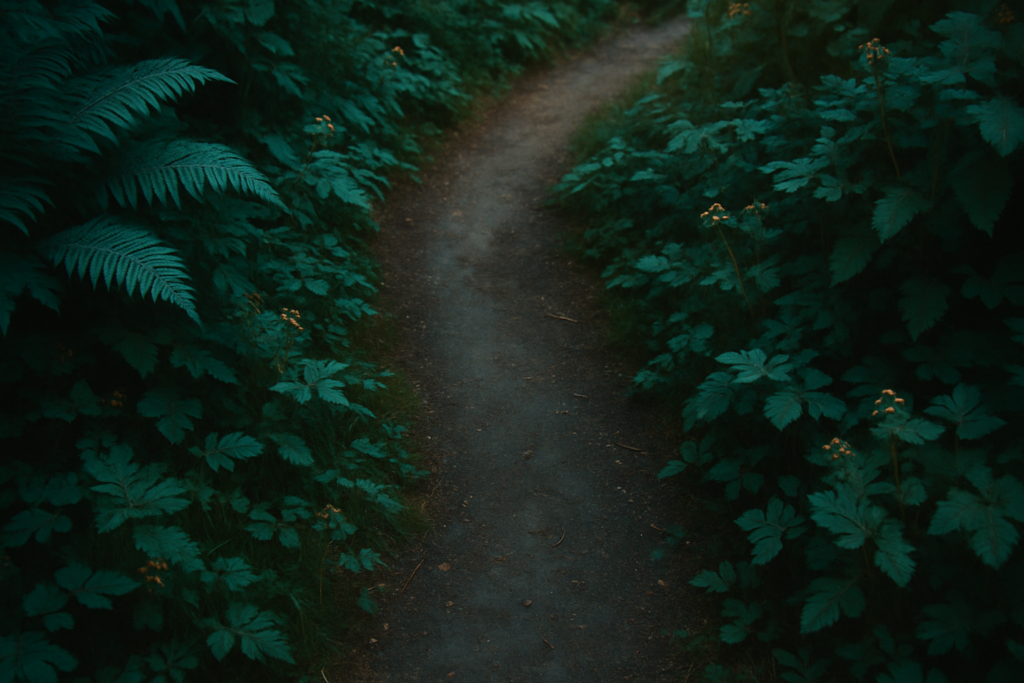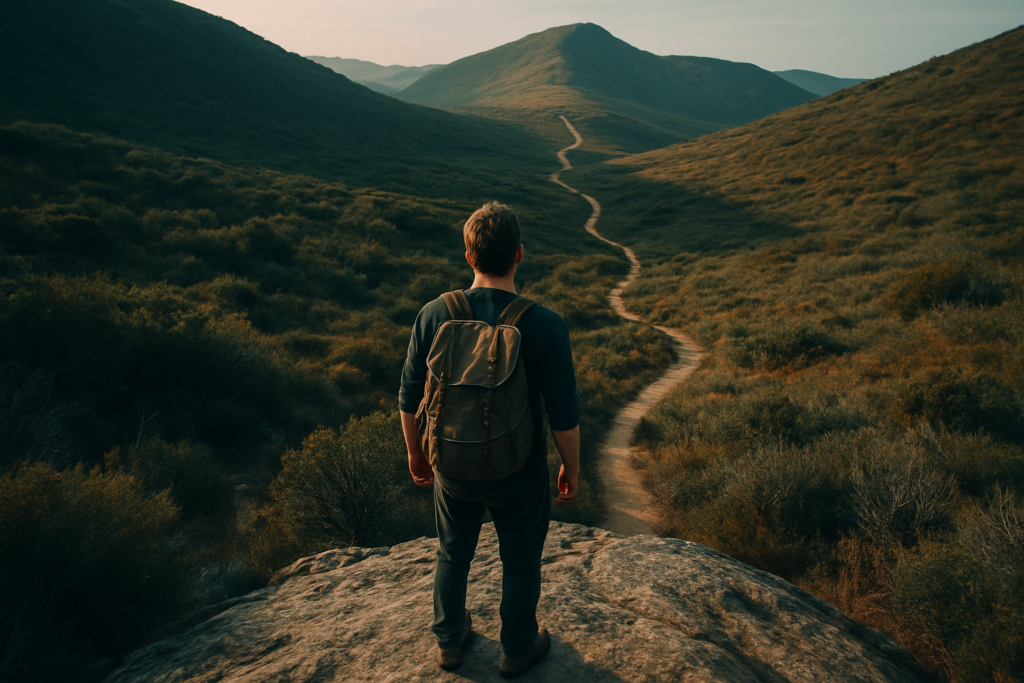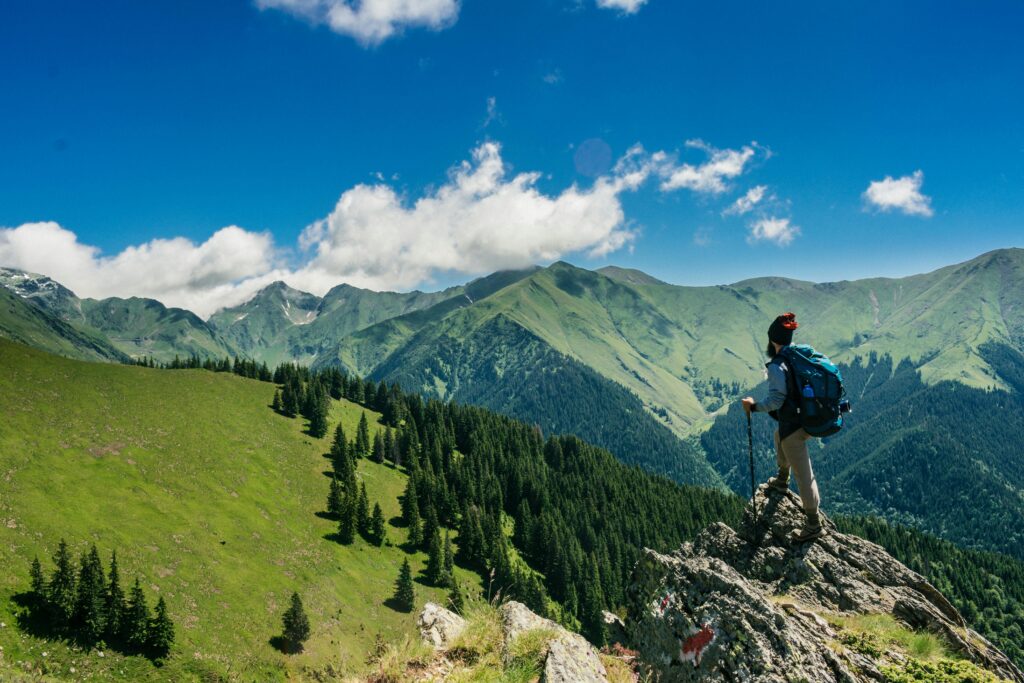What Makes a Forest Trail Unforgettable
Not all hikes are created equal. Forest trails bring something different something grounded. It starts with biodiversity. These ecosystems are alive in a way most places aren’t. You’re walking through habitats layered with birdsong, rustling branches, and unexpected encounters: a deer darting ahead, mushrooms hiding under roots, or a sudden view framed by evergreens.
Trail design plays a part too. Forest paths tend to twist and dip with the landscape. Some wind tight through the understory, others open onto soft ridgelines. Signage is subtle. Shade plays tricks with light. You don’t just observe the forest you move through it.
Then there’s the canopy. That natural shield of green overhead cools the air and centers the mind. Studies back it up: time among trees lowers stress and helps focus. But you don’t need research to know you feel better after an hour breathing in pine and soil instead of exhaust and noise.
Compared to exposed mountain hikes or coastal walks, forest trails feel more contained more intimate. You don’t hike them for the wide open panorama. You hike them for what you notice when everything else drops away.
Top Forest Trails That Deserve a Spot on Your Bucket List
Yakushima Forest, Japan
Thick with thousand year old cedar trees and draped in mist, Yakushima is straight out of a fantasy novel. The moss covered stones, trickling streams, and endless shades of green give it a primeval feel. Trails wind through ancient groves, and hiking here feels more like time travel than a workout.
Hoia Forest, Romania
This forest has a reputation for the strange twisted tree shapes, sudden silences, and long standing folklore. But beyond the mystery, there’s real stillness and a surreal beauty in the curved trunks and open glades. It’s a walk for the curious and the calm.
Pacific Northwest Trails, USA
The Pacific Northwest hits different. Towering Douglas firs, dense undergrowth, and soft fog rolling in off the coast make for cinematic scenes. Wildlife’s always nearby if you move steady, and the trails range from beginner friendly to rugged backcountry routes.
Monteverde Cloud Forest, Costa Rica
Perched high in the mountains, this forest feels alive in every sense. Mist curls through the canopy while birds, monkeys, and rare frogs make the whole place hum. The air’s thinner, the trees taller, and the biodiversity is off the charts. It’s a crash course in tropical ecology one step at a time.
Explore more awe inspiring hikes in our guide to the best scenic day hikes
How to Choose the Right Forest Hike for You

Not all forest trails are created equal. Before lacing up your boots, take a minute to gauge what the hike demands. Trail difficulty can range from an easy hour long loop to full day slogs through mud and rock. Pay attention to distance, incline, and weather forecasts the trifecta that can make or break the experience. If you’re heading into high elevations, pace yourself. Altitude hits harder when you’re surrounded by silence and tree cover.
Forests also come with their own set of conditions: shaded trails retain moisture, so expect slick roots and damp slopes even on drier days. Layer up and aim for breathable, water wicking fabrics. If it’s bug season, don’t forget repellent you’ll thank yourself mid hike. Wildlife is part of the scenery, but keep alert. Know what animals frequent the area and how to react if you cross paths.
Finally, forest ecosystems are fragile. Stick to marked paths, pack out everything you bring in, and don’t disturb plant life or critters. The goal is to experience the trail, not change it. Brush up on Leave No Trace basics it’s less about rules, more about respect.
Planning Your Forest Adventure
This isn’t just a walk in the woods you need to come prepared. Start with layers. Forest temps shift fast, especially in higher elevations or early starts. Think moisture wicking base layers, breathable mid layers, and a rain shell that packs down small. And don’t forget bug protection. Long sleeves help, but DEET or plant based repellents are your best bet during peak mosquito season.
If you’re hitting less marked or remote trails, don’t count on cell service. Download offline maps from apps like Gaia GPS, AllTrails+, or Maps.me before you go. Paper maps still have value, too and don’t underestimate a good compass if things go sideways.
For real time trail conditions, user reviews, and reroutes, turn to platforms like AllTrails and Hiking Project. Local park websites often post closure updates and alerts check them before you head out. A few extra clicks at home can save hours of confusion in the wild.
Want more jaw dropping trails beyond forests? Check out this collection of the best scenic day hikes
Stay Inspired, Stay Grounded on the Trail
Your hike isn’t only about reaching the summit it’s about remembering the journey. Toss a small notebook in your pack or use your phone’s note app (in airplane mode). Jot down what you hear, what the morning mist smells like, or how the sunlight filters through the pines. Short, raw thoughts will mean more later than polished phrases.
Photography counts too, but don’t just snap wide shots. Get close. Look for textures in bark, patterns in leaves, light breaking through the canopy. It’s rarely about getting the perfect shot it’s about noticing what most people miss.
Every so often, stop walking. Don’t check your phone. Don’t plan your next turn. Just listen. The wind, the rustle, maybe a distant bird. That’s the moment you’ll remember longer than any Instagram story.
And trust this: not everything worth seeing has a marker on the map. If a side path calls to you, if sunlight glows through a break in the trees, follow it. Forget the checklist. The best part of the hike might be the part you didn’t plan.




